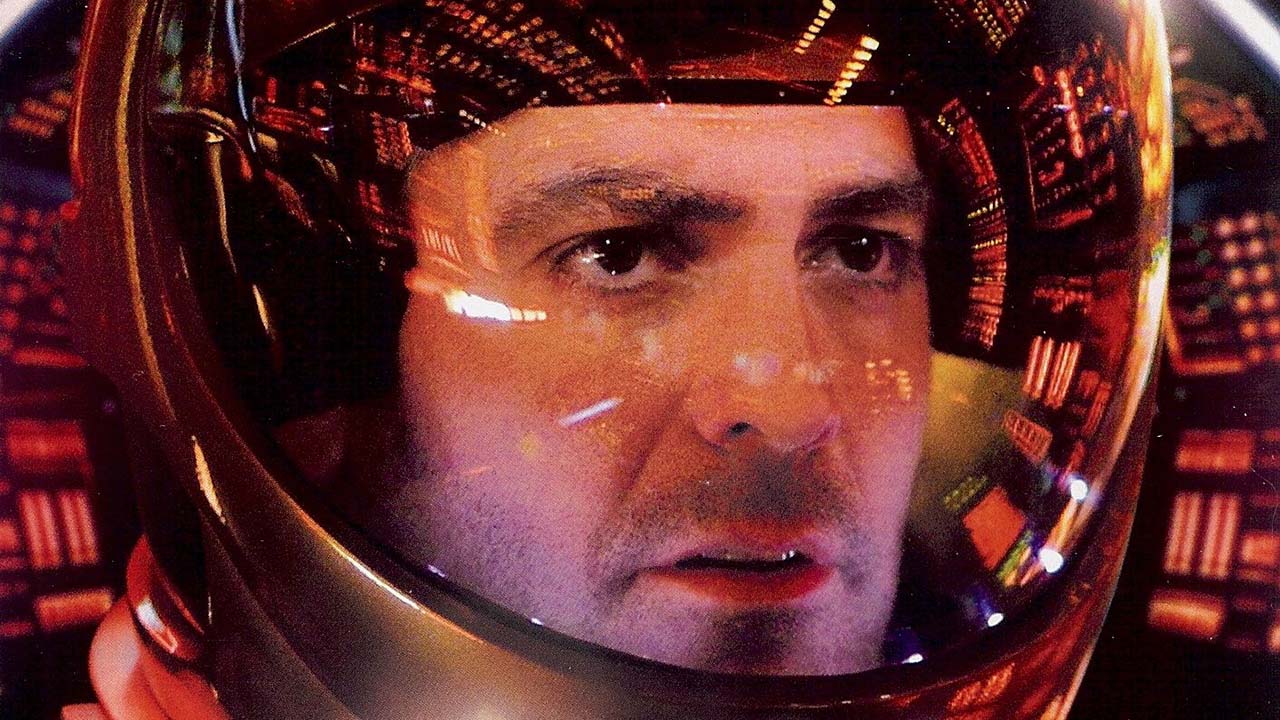
Remakes are a divisive area of cinema. On the one hand, they can provide a fresh perspective on classic stories and play with the ideas of previous films to make them more relevant to the world of today. They can also bring their predecessors to the attention of new audiences if they are largely unknown or foreign language. There are famous examples of when remakes have come to eclipse the films on which they were based, such as David Cronenberg’s The Fly (1986) or John Carpenter’s The Thing (1981). On the other hand, remakes can be lazily made, adding nothing to the original concept and disappear into anonymity behind the shadow of its superior predecessor. When remaking classic, beloved films in particular, audience members will have an affection for the original film that it is hard for the remake to live up to.
However, the status of the previous film attracts a lot of attention, often giving the remake a boost in the box office. Even if people hate the idea of a remake of a particular film, they will still often pay to go and see it at the cinema, even if it is just to prove themselves correct. The horror genre is continually guilty of this. Its array of classic cult films and their dedicated followers are sure to gain revenue while the promise of a superior budget and special effects can arouse the curiosity of those who wonder how much scarier this can make them. However, more often than not, these films result as stale, unimaginative imitations of their precursors that lack the same energy and cutting edge. There have now been two attempts at remaking Bob Clark’s seminal 1974 slasher masterpiece Black Christmas and both have paled in comparison.
Although some of the negativity towards remakes is valid, it has also caused many films to be unfairly forgotten or derided. If films don’t reach the critical or cultural heights of their previous iterations, it doesn’t mean that they should be completely abandoned, rather perhaps just seen through a different scope. A scope in which instead of comparing the materials on merit, one examines how they contrast and potentially complement each other and doesn’t see the original as a shadow over the adaptation but rather just a different shade of grey.
10. Last Man Standing (Walter Hill, 1996)
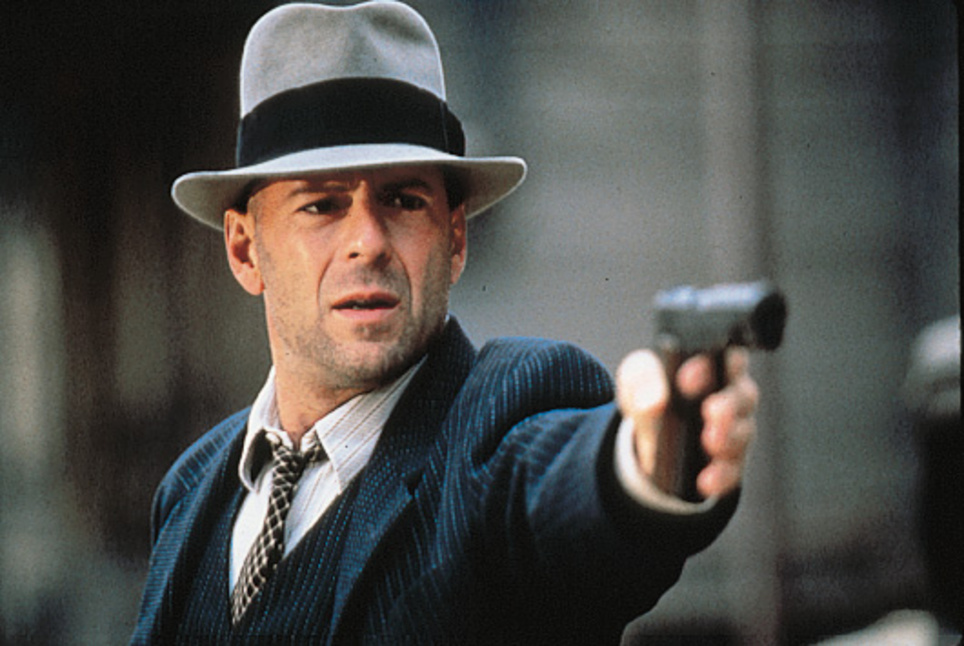
Arguably one of the most underrated American filmmakers of the 20th century, Walter Hill has made a film under almost every possible genre and made a cult classic out of most of them. Whether it is under the umbrella of comedy (48 Hours, Brewster’s Millions), action (The Warriors, Streets of Fire) or the crime-thriller (The Driver), Hill has succeeded in most at which he has attempted. Last Man Standing is also a genre film but has been largely over-looked over the years. Based on Akira Kurosawa’s classic samurai film Yojimbo, which was also the template for Sergio Leone’s Spaghetti Western “A Fistful of Dollars”, Last Man Standing is a prohibition era gangster film in which Bruce Willis plays the mysterious stranger who arrives into a town with two warring gangs. After making pacts with each side, he plays both sides until they both eventually run themselves into ruin.
With a timeless story that is almost impossible to make badly, Hill fills his screenplay with enough cheesy lines to sustain a Cheetos factory, including such lines of dialogue as “That will get you broke and dead, both at the same time” and “I can’t say it went exactly the way I planned, but I was right about one thing: they were all better off dead”. With a supporting cast including Bruce Dern, Christopher Walken and David Patrick Kelly, Last Man Standing has plenty of entertaining colloquial shoot-outs with witty lines fired almost as often as the men’s guns – and there is a lot of gunfire in this movie. Furthermore, in case you weren’t fully sold on the idea of this film, there is a character called Jack McCool and that is reason enough to watch it alone.
Although it is undoubtedly inferior to its classic predecessors, Last Man Standing is a fun action-thriller from a master cult filmmaker.
9. Evil Dead (Fede Alvarez, 2013)
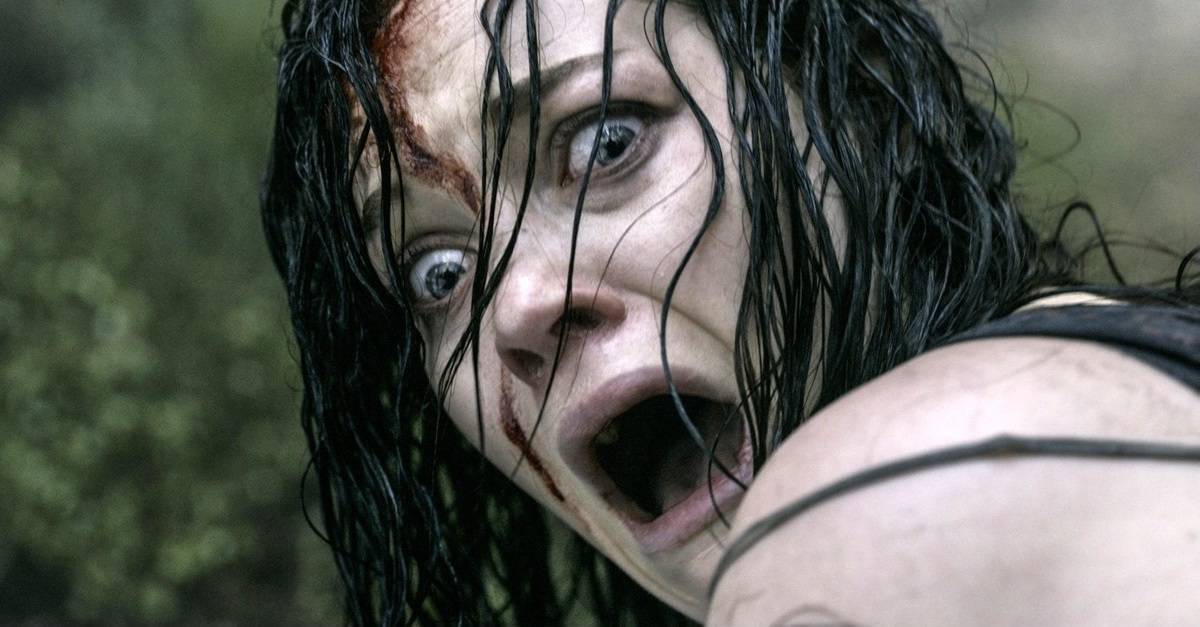
Sam Raimi’s The Evil Dead surprised everyone by bursting onto the scene in 1981, immediately cementing itself into the horror Hall of Fame through its depiction of gut-wrenchingly gory special effects combined with a bizarre, comic energy that is still remarkable to this day. Made on a shoestring budget, The Evil Dead is regarded as one of the most successful cult films of all time, making it only a matter of time until it was selected to be remade on a higher budget. With the addition of more money but subtraction of a definite article, Fede Alvarez’s Evil Dead was released in 2013 with the promise of the same extreme gore and violence that is beloved from the original but made even more visceral with the application of updated special effects.
Alvarez substitutes the trademark comedic energy of Raimi’s original film for even more cruor. There are two savage scenes involving the amputations of arms that are particularly excruciating as an electric knife is used in the hope of preventing the spread of the infectious demon after a bite to the hand and a trapped arm is torn from underneath a truck.
Alvarez wisely doesn’t attempt to replicate Bruce Campbell’s infamous Ash as he truly is one of a kind. Instead, Evil Dead focusses on Jane Levy’s Mia, a recovering heroin addict who is taken to the cabin in the woods by her brother and friends to recover after a recent overdose in which she technically died, making her not unfamiliar with the world of the dead. Reversing the idea of the innocence of Carol Clover’s “final girl”, Mia is a flawed character and first to be possessed by the demons but fights her way through and ends up being the sole survivor at the end of the film.
There are nods to Raimi’s The Evil Dead throughout as arms are amputated and chainsaws wielded but Alvarez’ Evil Dead is very much its own film, infused with the spirit of the original but not possessed by it.
8. The Thirteenth Floor (Josef Rusnak, 1999)
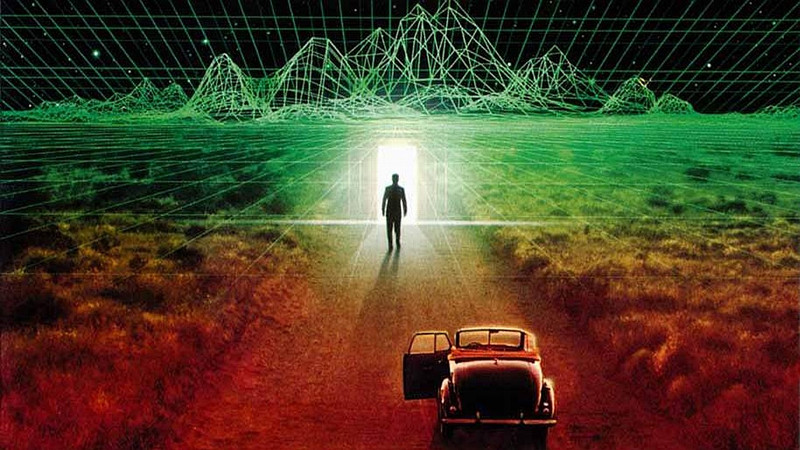
Released two months before The Matrix in the era when the internet was green, The Thirteenth Floor has largely been forgotten from the cultural memory due to the former’s better execution of similar themes. Tackling the ideas of computer-based simulations and existential philosophy in a tech-noir, dark sci-fi style, The Thirteenth Floor is a remake of Rainer Werner Fassbinder’s World on a Wire (1973), which ironically was also a key influence for The Wachowski’s when making their colossally more celebrated Matrix movie.
The Thirteenth Floor takes place in an alternate 1999 Los Angeles in which a multi-billion-dollar computer company is close to completing a Virtual Reality simulation programme set in 1937, differing from Fassbinder’s original whose simulation is set around the then present-day Germany. Users can enter The Thirteenth Floor’s alternate reality and experience what life was like in Depression Era America for a couple of hours among autonomous citizens that are unaware they are in a simulation, whereas in World on a Wire the simulation is used to track patterns of society and give a rough guide to predict the near future.
When the programme’s inventor is murdered shortly after trial run inside of the system, his protégé Douglas Hall (Craig Bierko) is the case’s prime suspect amidst a plethora of incriminating evidence. As Hall investigates to clear his name by delving into the programme himself, he discovers information from both inside and outside of the simulation that makes him question the true nature of reality.
Although The Thirteenth Floor contains the same major plot points as World on a Wire, it does vary from the original in a few key ways. It is significantly less intellectually challenging than Fassbinder’s film, trading the deep philosophical analysis of the German auteur for more of a science-fiction action-adventure film within a philosophical frame. The Thirteenth Floor is still fully fuelled by the same Descartesian existentialism, Rusnak just saves us the trouble of attempting to misremember the philosopher’s infamous quote “I think therefore I am” by opening the film with it.
Combined with the originals three-and-a-half-hour runtime and German language dialogue, The Thirteenth Floor’s prioritisation of action over ideas makes the film more accessible to wider audiences and may even provide some with the motivation to seek out the original with less worry of getting lost or confused as they are always going to understand somewhat what is going on.
7. Breathless (Jim McBride, 1983)
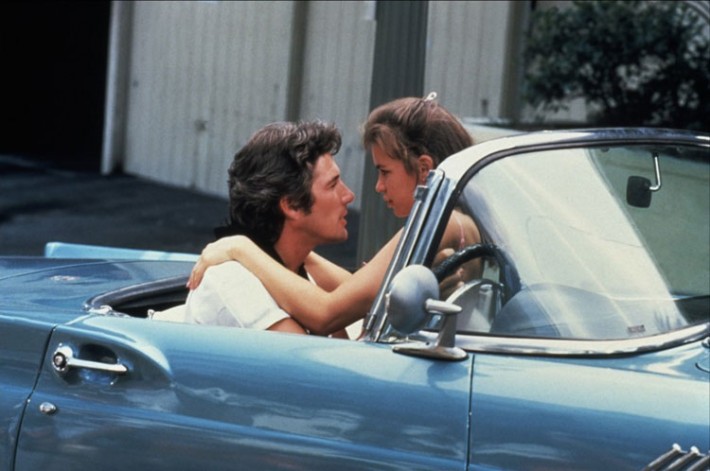
To remake such an innovative and unbridled film as Jean-Luc Godard’s French New Wave classic A Bout De Souffle (1960) was always going to be a difficult task for Jim McBride pull off. To many film fans and scholars, remaking A Bout De Souffle was as baffling a decision as attempting to remake Citizen Kane it is revered so highly.
In A Bout De Souffle, Jean-Paul Belmondo plays the protagonist Michel in his breakout role that made him one of the defining faces of the nouvelle-vague. Michel idolises Humphrey Bogart, basing his character and behaviour on how he thinks the characters in his movies would act. However, McBride’s Breathless stars genuine Hollywood star of the moment Richard Gere, fresh off the back of one of his most famous performances in An Officer and a Gentleman, who innately oozes charisma and self-satisfaction just in his presence on the screen.
If A Bout De Souffle is about a man who wants to be a Hollywood star, Breathless is about a man who knows that he is one. Gere has a plastered grin and the energy of a puppy as he bounds about Los Angeles trying to convince his French lover Monica (Valerie Kaprisky) to run away with him to Mexico to avoid the law. Impulsive, stylish and contagiously optimistic, he is the dreamy bad boy that girls fantasise about.
Backed by the Rock and Roll beats of Jerry Lee Lewis, The Pretenders and Elvis Presley, McBride’s Breathless effervesces with a youthful playfulness that rivals the cool suavity of Godard’s original.
6. Rebecca (Ben Wheatley, 2020)

Three things in life are inevitable: death, taxes and people hating on perfectly good Ben Wheatley films. Almost all of Wheatley’s films could be argued in one way or another as underrated, but no film of his has got so high-profiled criticism than his 2020 remake of Alfred Hitchcock’s Rebecca. It takes a brave man to remake one of the most famous films from who many people believe to be perhaps the greatest film director of all time, but Wheatley never shies away from a challenge.
When making his version of Rebecca, Wheatley stated the film was predominantly adapted directly from Daphne du Maurier’s original novel rather than Hitchcock’s 1940 feature and this is fairly evident throughout. The narrative of both films largely remains the same; however, instead of following in the atmospheric, echoing footsteps of the Master of Suspense, Wheatley’s Rebecca is more of a romantic-drama than a mysterious thriller.
The drama of the film comes more from the friction of the relationship between Armie Hammer’s Maxim de Winter and his new bride played by Lily James as she attempts to fill the oppressive void left by the previous lady of the house, rather than the mystery of what really happened to the previous Mrs. De Winter. Repeatedly tricked and manipulated by the fiendish Mrs. Danvers (Kristen Scott Thomas) into causing Maxim anguish over his deceased ex-wife, James’ Mrs. De Winter becomes increasingly distressed as it seems that she cannot do anything right and that she does not belong in her new advanced status. The final act of the film does increase in intensity and suspense as Wheatley does not dare to subvert the infamous twists and turns of the original story. However, Wheatley utilises these twists somewhat differently to Hitchcock, resulting in a very different conclusive atmosphere as the credits begin to roll.
Both poetically and unfortunately, the reception of Wheatley’s Rebecca has mirrored its narrative as it is haunted by the ghost of its predecessor which it doesn’t even wish to emulate.